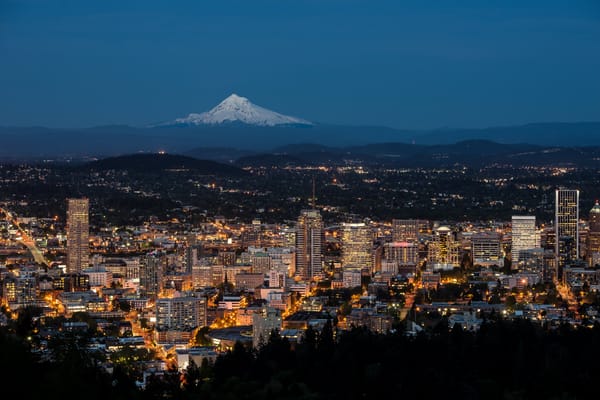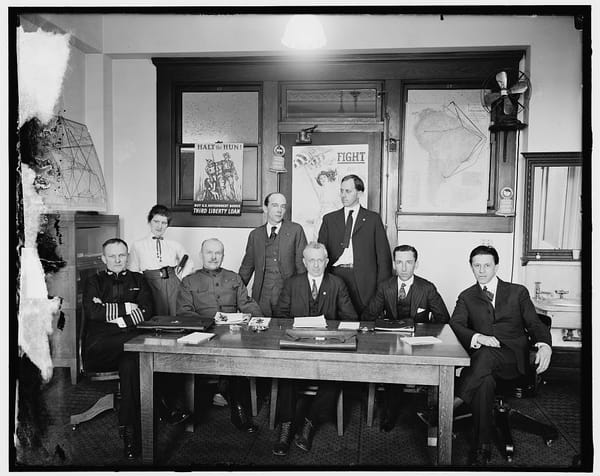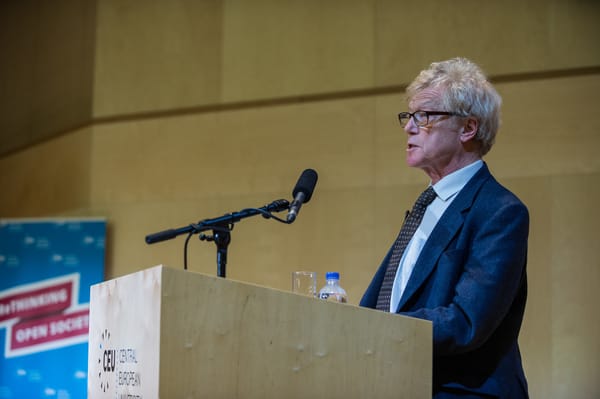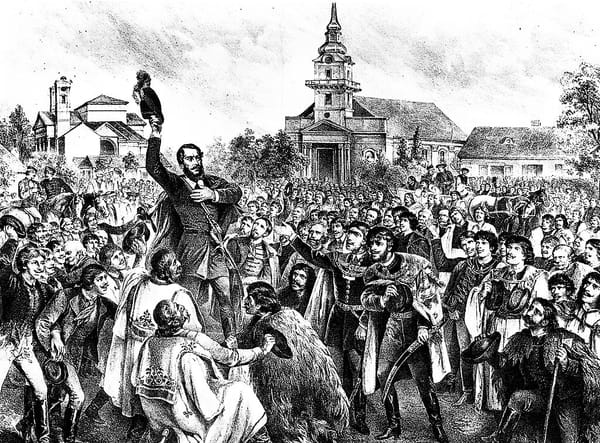The New Class Divide

Class divisions that emerged during industrialization nearly destroyed liberalism during the first half of the twentieth century. Now, in the postindustrial economies of the United States and other advanced economies, new class divisions have emerged that will pose a major challenge to free societies as the twenty-first century unfolds.
The origins of today’s class conflict are the mirror image of the earlier one. The industrial economy that emerged in the North Atlantic world during the eighteenth and nineteenth centuries depended heavily on unskilled laborers who worked in brutal, dirty, dangerous jobs for very little pay. The resulting juxtaposition of concentrated and highly visible squalor and misery with enormous wealth creation and heaping fortunes for a favored few was, to put it mildly, not a recipe for social stability. Socialism and nationalism in various permutations arose and mounted a radical challenge to the liberal market order, and the result was social upheaval, revolution, and war on an unprecedented scale. By the 1930s, the smart money was betting that liberalism was done for and totalitarianism was the wave of the future.
Eventually, though, the compounding advances of modern economic growth created and spread around enough wealth to douse the revolutionary ardor of the working class. Liberalism was saved – albeit in a form now heavily influenced by social democracy and opportunistic rent-seeking.
Today, the problem is that the contemporary information economy is much less dependent on unskilled labor and growing ever less so. Sure, the economy can make use of unskilled labor if it is at hand, but the technological progress that drives the whole system forward occurs in industries that now require very little of it. And although the overall skill level of the workforce is now much higher than it was a century ago, most workers (to a first approximation, those without a college degree) have been experiencing falling relative demand for their labor for some time now.
Sorting out the statistics is highly contentious, but this much is clear: the percentage of workers who achieve absolute income gains over what their parents made is falling, and most workers have experienced a drop in relative socioeconomic status. Even if they are doing better than their parents did, they are falling farther and farther behind their highly skilled contemporaries. And where once factory workers could see themselves as essential partners in America’s world-beating economic progress, many less-skilled Americans today feel they have been consigned to a giant remainder bin for everybody who lacks the wherewithal to make it into the meritocracy.
Loss of status and lack of hope for a better future have turned this economic malaise into sociological trauma. Social pathologies once confined to the so-called underclass – namely, breakdowns in attachments to work and family – are spreading and becoming the norm throughout the non-college-educated population. Mortality for middle-aged whites is actually climbing, in large part because of alcoholism, drug overdoses, and suicide. And all of this exacerbates economic underperformance, thus spinning a vicious circle.
In the industrial era, too many people felt exploited and oppressed for the system to remain stable. Today, too many people feel useless and despised. We know all too well about the crises that roiled the twentieth century. And with the election of Donald Trump and the rise of authoritarian populism in Europe, we are getting a taste of the crises that may await us.
If the current class divisions persist and deepen, the continued viability of liberal democratic institutions is an open question. The question is open because liberal democracy is a product of the era of modern economic growth – and we therefore have no idea if it can persist in the face of prolonged stagnant incomes for the majority.
There are serious reasons for believing the answer is no. A positive-sum economy makes possible a positive-sum politics: side payments to distributional losers from the market economy’s creative destruction can buy the acquiescence needed to keep the system moving forward. In a zero-sum economy, by contrast, every group’s gains are another group’s loss; competition between groups is therefore very likely to get nasty. In particular, the historical evidence shows that bad economic times are associated with illiberal scapegoating of outgroups. Nationalism, protectionism, racism, and xenophobia wax when economic prospects wane – sound familiar? Bad times also, understandably, undermine public confidence in governing institutions. The prevalence of illiberal attitudes, combined with growing frustration that democracy can’t deliver the goods, makes for a perfect breeding ground for authoritarian demagogues – again, something we know about from firsthand experience. And there may well be more demagogues to come – more disciplined, more focused, more dangerous.
How can free societies defuse or otherwise survive this growing threat? As someone who self-identifies as a “liberaltarian,” it should come as no surprise that I recommend a hybrid approach that combines libertarian and liberal elements.
Let’s start with the libertarian, or classical liberal, prescriptions: we will need sweeping liberalization of both regulation and education. The former is necessary to arrest and reverse the dramatic slowdown in overall growth that has occurred since 2000: the U.S. economy has been growing at only half the rate it averaged throughout the twentieth century. There is no way to get to more broadly shared gains from growth if the overall gains are so paltry. The causes of the slowdown are complex and contested, but the surest lever for reviving economic dynamism is to reduce the daunting barriers to innovation and massive misallocations of resources that the contemporary regulatory state offers in dysfunctional abundance. Liberalization of education is needed to address the failure of so many of our fellow citizens to develop marketable skills. Again, this failure has many causes, but a leading one is surely a primary and secondary education system designed to churn out compliant semi-skilled factory workers. Only dramatic decentralization that allows widespread experimentation can lead us to a better match between skills and opportunities.
Now for the more conventionally liberal advice: regulatory and education reform will need to be accompanied by considerable redistribution of income to widen opportunities and blunt downside risks. However much libertarians might wish otherwise, we live in a world where there is a strong demand for government protection against various hazards of life. If that demand is not satisfied with relatively transparent fiscal transfers, responses to that demand will take the form of less transparent, and far more damaging, regulatory subsidies for existing firms and jobs. The price of regulatory reform to unleash robust economic dynamism is therefore a robust social safety net. To be clear, I hold no brief for the contemporary welfare state, which is shot through with rent-seeking, perverse incentives, and degrading paternalism. There is wide scope for libertarian insights to be employed in improving matters. But improving the welfare state, not dismantling it, should be the goal.
I hazard no predictions as to how our current class conflicts will be resolved. But the chances for a positive outcome will be aided considerably if those who profess a deep commitment to the ideal of the free society can come to grips with how to maximize actually existing freedom in a world whether most people lack that commitment.
Featured image is The Picket Line, by Milton Brooks.




